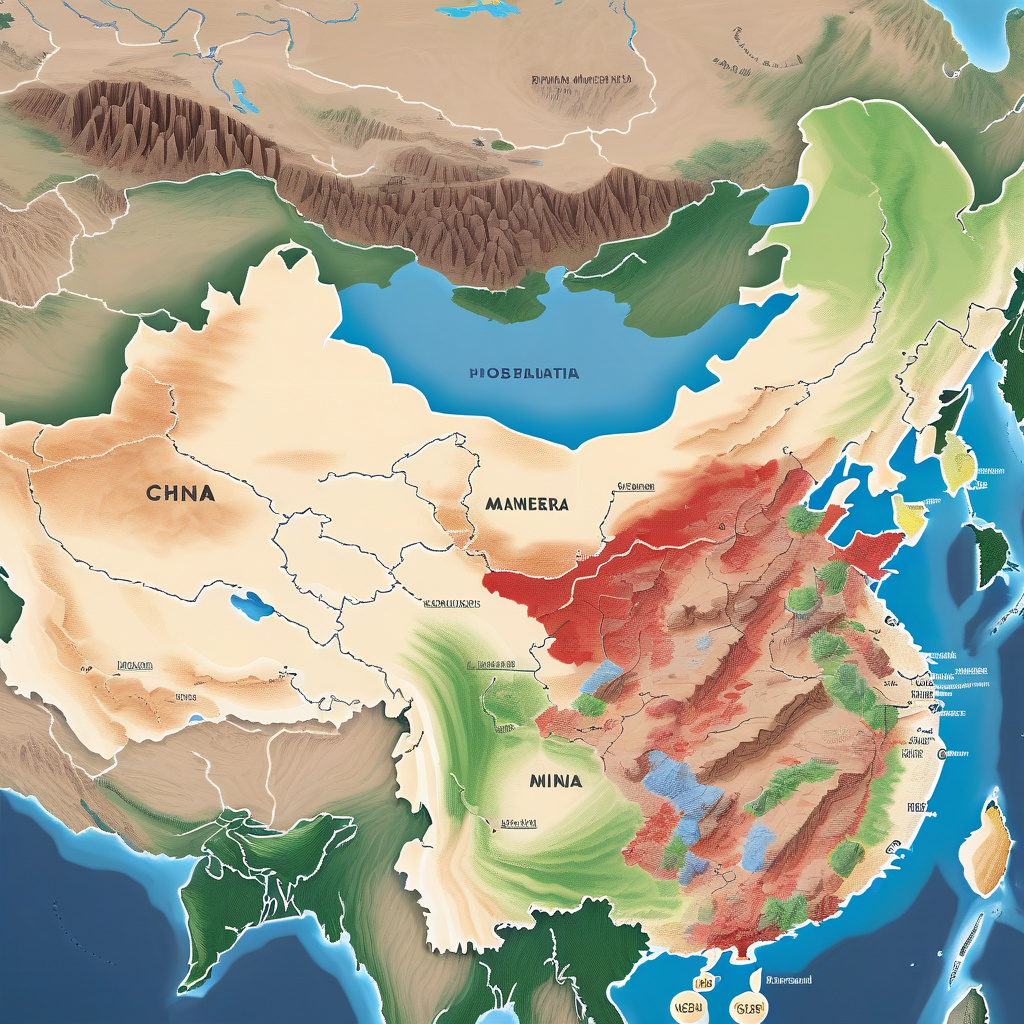China’s Rare Earth Dominance Keeps the US in a Strategic Bind
Ni Tao is IE’s columnist, giving exclusive insight into China’s technology and engineering ecosystem. His monthly contributions shed light on the intricate web of innovation and power dynamics that shape the global landscape. One topic that continues to reverberate across industries and geopolitical spheres is China’s dominance in the rare earth minerals market, a reality that poses a strategic challenge for the United States and other key players.
Rare earth minerals are a group of 17 elements crucial for the production of high-tech goods ranging from smartphones and electric vehicles to advanced weaponry. China boasts a near-monopoly in the global supply chain of these minerals, controlling over 80% of the world’s production. This strategic advantage has granted China significant leverage, allowing it to dictate prices, set export quotas, and shape the technological prowess of other nations.
The United States, in particular, finds itself in a precarious position due to its heavy reliance on Chinese rare earths. Despite being rich in rare earth deposits, the US has struggled to compete with China’s efficient extraction methods and low production costs. This dependency raises concerns about national security, economic stability, and technological autonomy, especially amidst escalating trade tensions and geopolitical uncertainties.
Efforts to reduce this vulnerability have been met with challenges. Reviving domestic rare earth production presents environmental hurdles and financial obstacles, making it a less attractive option for investors. Diversifying supply chains by sourcing from alternative countries is a complex endeavor that requires time and resources to establish viable partnerships and infrastructure.
Furthermore, the intricate web of global trade and interdependencies complicates the prospect of decoupling from Chinese rare earths swiftly. Disentangling supply chains without disrupting critical industries and incurring substantial costs is a delicate balancing act that policymakers and industry leaders must navigate with precision.
In response to these challenges, the US has taken steps to address its rare earth dilemma. Initiatives to boost domestic production, streamline permitting processes, and invest in research and development for rare earth alternatives have been set in motion. Additionally, diplomatic efforts to forge alliances with other rare earth-producing countries such as Australia and Canada aim to diversify supply chains and reduce reliance on China.
However, the road to rare earth independence is fraught with complexities and uncertainties. Balancing economic interests, environmental sustainability, national security concerns, and technological advancement requires a multifaceted approach that transcends political divides and short-term gains.
As the global demand for rare earth minerals continues to soar with the proliferation of high-tech devices and renewable energy solutions, securing a stable supply chain becomes imperative for nations seeking to maintain their competitive edge and strategic autonomy. The intricate dance between technological innovation, geopolitical power play, and economic interests will shape the future landscape of rare earth dynamics, with far-reaching implications for industries and nations alike.
In this high-stakes game of resource supremacy, the US and other major players must strategize wisely, collaborate effectively, and innovate relentlessly to navigate the challenges posed by China’s rare earth dominance. The path to a more balanced and resilient rare earth ecosystem demands foresight, cooperation, and a steadfast commitment to shaping a future where strategic binds are turned into strategic opportunities.
#RareEarths, #ChinaUSRelations, #TechnologicalAutonomy, #SupplyChainDiversification, #GeopoliticalStrategies












